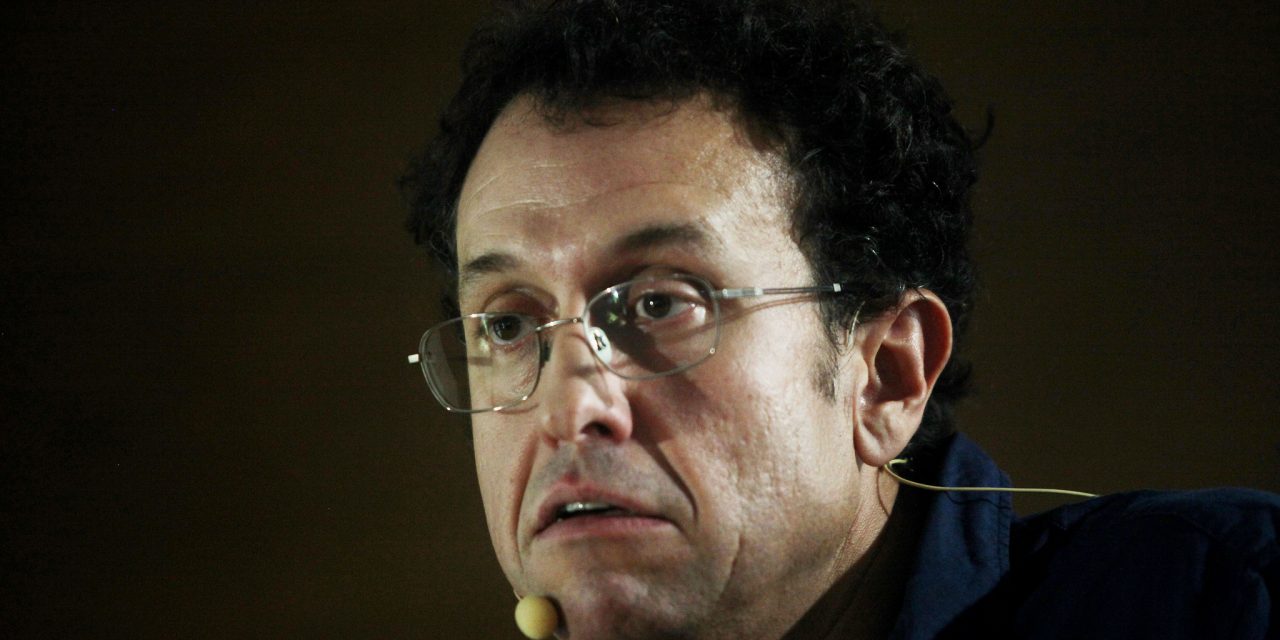August 8, 2018, 8:00 pm

Stanford professor Andrea Montanari’s research is a mix of math, statistics and physics. He’s drawn to statistical problems in high dimension, particularly algorithmic issues. “The problems that I like to solve are mainly statistics problems and machine learning problems,” he said. “The tools that I use are mainly probabilistic but the intuition that I use is mainly physics.”
Based in the statistics and electrical engineering departments of Stanford University since 2006, the Italian mathematician presented “Mean field asymptotics in high-dimensional statistics: From exact results to efficient algorithms” at his first ever ICM. While he has proven a theorem on how to compute expectation integrals with very high dimensional distribution, it’s unpublished as yet. He explained how the research applied “methods from physics that reduce this problem to an optimization problem. We show that results are given by an optimization problem that can be solved much more easily.”
Read more:
Montanari’s theorem uses semidefinite programming techniques (SDP), which he described as almost as efficient as the Bayesian (another way to analyze data), but take less computational power. The solution came through the application of mathematical ideas of the average field theory of disordered systems, a problem of statistical mechanics.
Basically, he discovered a more efficient way to compute large datasets with multiple variables. Previous data science methods were either less or more efficient but ultimately demanded too much computational power. The Montanari method brings the best of both worlds, and has potential to make it easier to identify specific topics in large texts or even to classify texts.
A graduate of Scuola Normale Superiore in Pisa, Italy, Montanari received a Laurea degree in physics in 1997, and a Ph.D. in Theoretical Physics in 2001. He was a postdoctoral fellow at the Laboratoire de Physique Théorique de l’Ecole Normale Supérieure (LPTENS) in Paris, and at the Mathematical Sciences Research Institute (MSRI) in Berkeley.
In 2002, he became a Chargé de Recherche with the Centre National de la Recherche Scientifique (CNRS) at LPTENS. Four years later, he joined Stanford faculty and that year received the 2006 CNRS bronze medal for theoretical physics. In 2008, he was awarded National Science Foundation CAREER Award, and was co-awarded the ACM SIGMETRICS Best Paper Award. He followed this with the Okawa Foundation Research Grant in 2013.